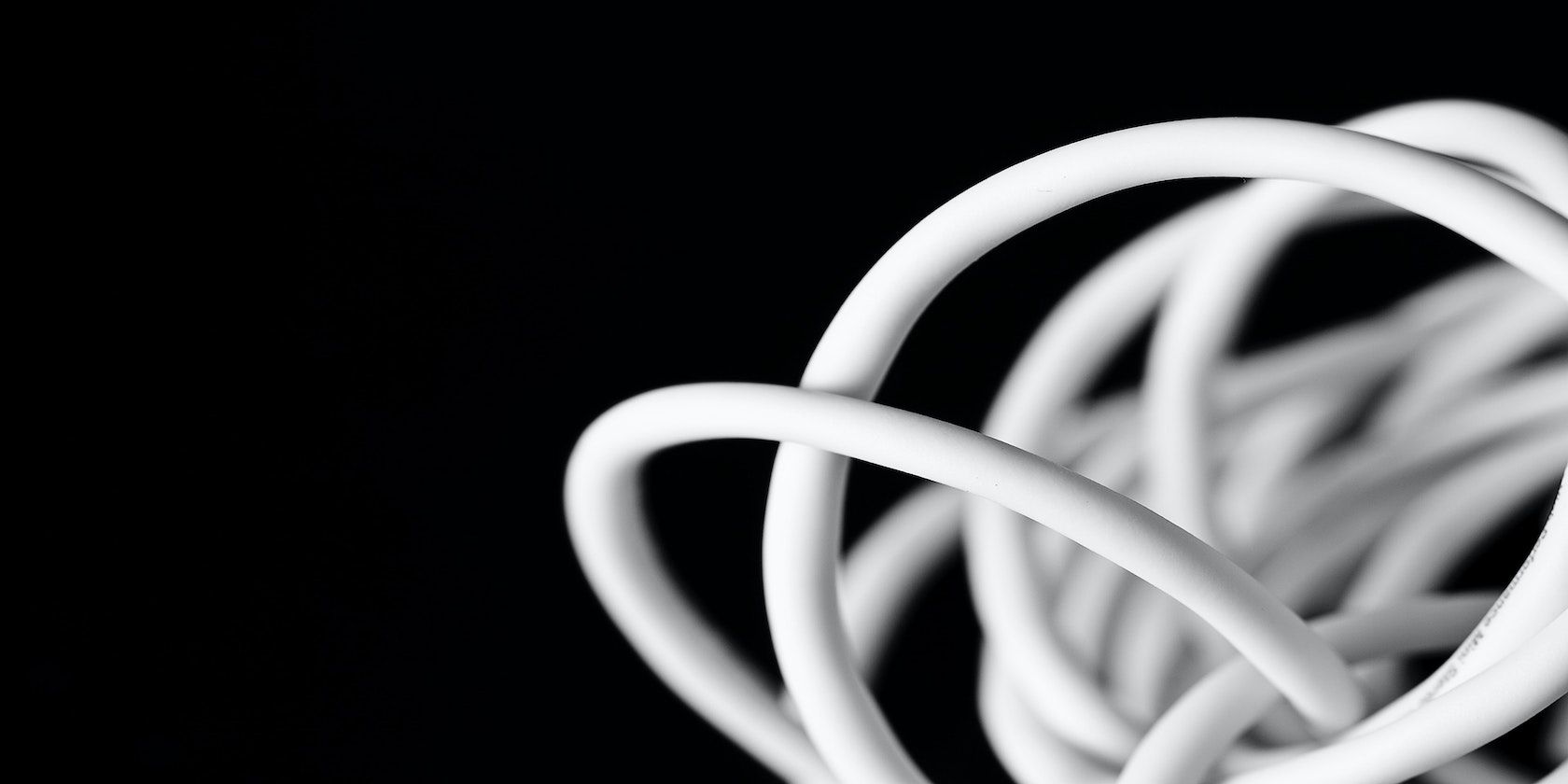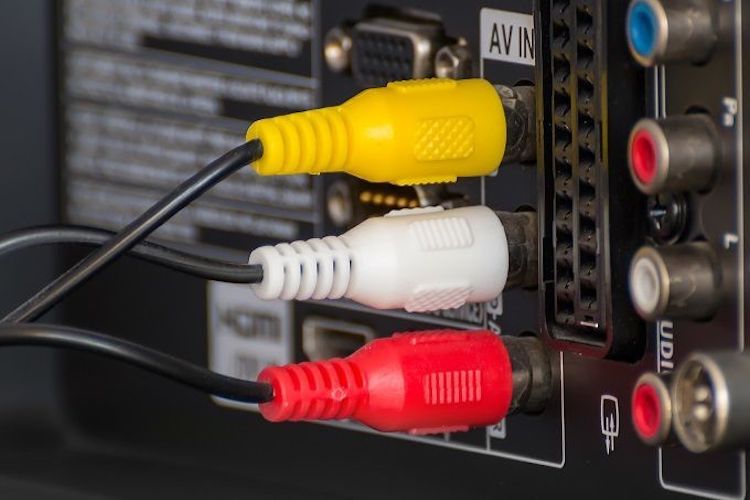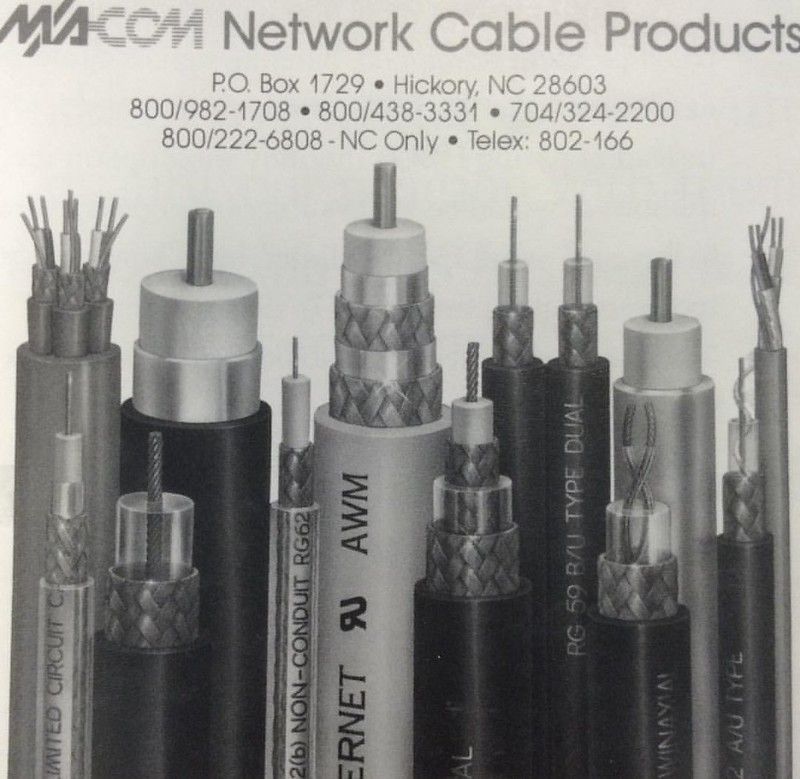If you've ever bought a new TV, set-top box, soundbar, Bluray player, or even console, chances are you will have come across a coaxial, optical, or HDMI connection. Or, if you've owned tech that dates back to the 80s and 90s, you'll absolutely be familiar with the classic red, white, and yellow RCA cable used to hook things up to your telly.
However, if you've never encountered these cables before, it can be challenging to understand which gives the best audio quality when connecting to an output device. With that being said, this guide will aim to explain the different types of connections, what they offer, and which will give you the best sound for your movie nights, dinner parties, or everyday browsing.
RCA Cables: An Outdated Classic
If you were born before the 80s or 90s, you're probably already familiar with RCA cables. However, newer generations of devices have completely phased these out for several reasons. Used primarily for VCRs and tape recorders, as well as a lot of game consoles of the time, RCAs split the two audio channels (left and right) as well as the visual signal into three distinct colored cords.
As we have made more advances in AV technology, things like HDMI have emerged as a replacement for this analog technology because its digital signal can carry more information. New TV tech and user experiences have also tended more towards using one single cord for everything instead of three separate cords. However, in terms of the actual audio quality, many pieces of professional audio kit still use RCAs (the white and red parts anyway) to transmit signals, meaning that the audio quality is still up there with some of the best.
It's pretty safe to say that RCAs are in limited use for the average home user, mainly because of market shifts. However, RCA audio quality is still phenomenal. If you still have a device that uses this connection, hook it up and see for yourself!
Coaxial Cables: A Good Cut Above
Like HDMI cords, coaxial cables—with their distinct pin style arrangement—can transmit audio and video data in a single wire but operate at a lower bitrate (basically the amount of data that flows through a cord per second) than HDMI. Coaxial RF (radio-frequency) cables function at multi-megahertz range radio frequencies and are slightly cheaper than optical cables, as we will explore below.
Their audio quality is very high and pretty hard to distinguish against optical in terms of high-quality digital audio, only cutting above RCA because of the obvious differences in analog versus digital technology. As far as your sound or stereo system is concerned, optical and coaxial cables are interchangeable, meaning that the differences are actually quite minor. Again, HDMI is now preferred in most settings, meaning that these cables are being used less and less.
A coaxial cable's jack is more firmly fixed than the strangely-shaped connector of an optical cable. However, for studios or home movie theatres, if these cords are just sitting behind a cabinet, it's not going to make much of a difference.
Optical Cables: Same Same, But Different
Just like coaxial cables, optical (or Toslink) are roughly identical and have very similar qualities in terms of audio and video output as well. The main difference is that instead of transmitting at radio frequency range, optical cables transmit digital multi-channel audio and video as pulses of light, hence the name: Optical.
The downside of optical cables is that they are much more fragile than their coaxial siblings. Because of the optical technology inside these cords, they will not work if they are bent or pinched, breaking completely in more expensive models. In audio connection terms, they're pretty much on par with coaxial cords, and in a lot of other applications, the wider frequency range or use of technology is going to sound identical—with extremely high-quality audio easily achievable.
They are more expensive as a whole, and while they do cater to a wider range of frequencies and aren't susceptible to signal loss over long distances, they both offer excellent signal clarity.
The Final Verdict
Honestly, while RCA still has its use cases and charms, coaxial and optical are a cut above in terms of actual tangible audio quality for your setup. The differences between these two, however, are negligible, and will often come down to things like price or product build. At the end of the day, HDMI offers all the advantages of both coaxial and optical and is wrapped up in a single, widely-used cord. If you're still looking to explore these options for your devices, weigh up coaxial and optical first.




